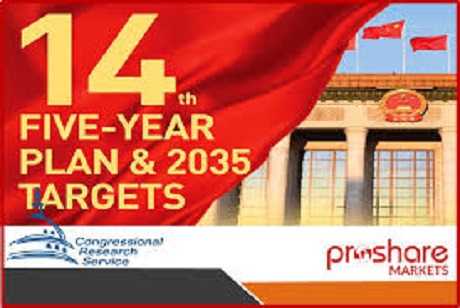23 November 2021
Following on from China Leather Industry Association (CLIA)’s release of its “guiding opinions” as to how the Chinese leather industry should respond to the government’s 14th five-year plan for the country, effective from 2021 through 2025, local leather industry journal Beijing Leather has published its key takeaways from the document. Report by Leatherbiz.
Guided by the country’s president, Xi Jinping’s approach to socialism “with Chinese characteristics”, the publication identified eight main development goals set by CLIA on behalf of the wider industry, to be achieved by 2025 (and, therefore, the start of the next five-year plan period).

The eight goals are as follows: increased production efficiency, improved technological innovation, advanced brand-building, optimised export stability, improved “green” manufacturing, accelerated construction of industrial clusters, ongoing improvement of digital capabilities and increased stability or retention of the workforce.
On brand-building, in particular, enhanced industry-wide standardisation and the increased adoption of international leatherworking standards from 92% to 95% were both called for. Moreover, the need to communicate the quality of Chinese leather both internally and beyond the nation’s borders was singled out as one path to cultivating “a number” of well-known brands inside China, plus “three to five” internationally influential leather brands.
Regarding “green” manufacturing and “cleaner” leather production, the journal cited CLIA as recommending a 10% increase in the rate of water reuse within tanneries. The intention to build between four and six demonstration projects for the disposal or effective utilisation of chromium-containing leather waste and scrap across the country was also revealed.
Leather footwear manufacturing was highlighted as another area for “greener” improvement, including a strategic increase in the use of water-based and hot-melt adhesives during production and a measurable reduction in the emission of volatile organic compounds during the shoe-making process.
Elsewhere in the document, challenges the industry expects to face throughout the five-year duration of the plan were listed.
These included an acknowledgement of the country’s shift from an era of rapid growth to a “new normal” of relatively slowed (yet “high-quality”) development, the perceived position of the Chinese leather industry as existing amid a “two-way squeeze” between developed and developing countries (such as its south-east Asian manufacturing rivals) and, additionally, the threat of so-called “alternative” materials to leather.
In regard to the latter, the urgent need to maintain and convey the “excellent” characteristics of genuine leather articles was underscored, especially in relation to winning favour among younger generations of consumers.
We bring leather, material and fashion businesses together: an opportunity to meet and greet face to face. We bring them from all parts of the world so that they can find fresh partners, discover new customers or suppliers and keep ahead of industry developments.
We organise a number of trade exhibitions which focus on fashion and lifestyle: sectors that are constantly in flux, so visitors and exhibitors alike need to be constantly aware both of the changes around them and those forecast for coming seasons.